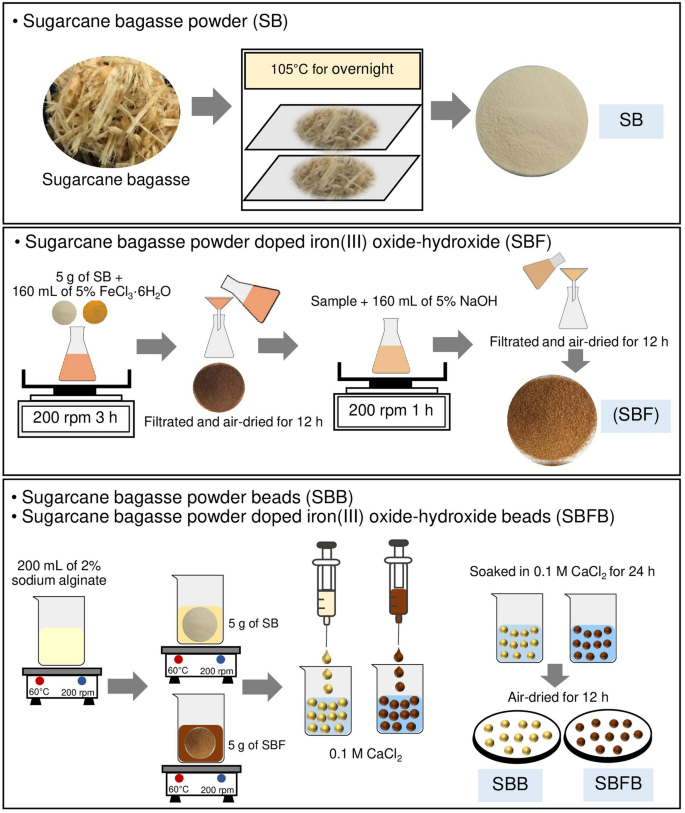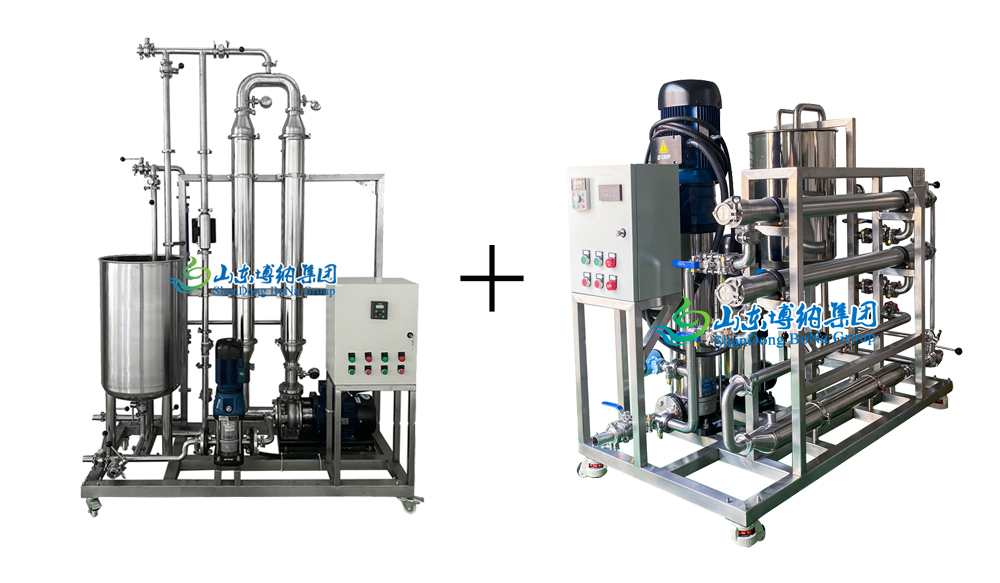Why Products From Sugarcane Are the Future of Eco-Friendly Packaging
Why Products From Sugarcane Are the Future of Eco-Friendly Packaging
Blog Article
Unlocking the Possible of Products From Sugarcane: a Comprehensive Guide
The potential of sugarcane prolongs far past its standard usage for sugar manufacturing. This guide discovers the complex applications of sugarcane, from power and eco-friendly products to wellness products. By analyzing its trip from field to factory, it reveals just how lasting techniques can transform waste right into important resources. As industries seek eco-friendly remedies, the question remains: exactly how can these technologies improve our technique to farming and manufacturing?

The Trip of Sugarcane: From Area to Manufacturing facility
Sugarcane undergoes a remarkable transformation as it travels from rich areas to dynamic manufacturing facilities. In the areas, the tall, eco-friendly stalks are harvested, generally by mechanical ways or manual work. As soon as reduced, the sugarcane is swiftly moved to refining facilities to assure optimum freshness. At the factory, the very first step includes crushing the walking cane to draw out the pleasant juice, which includes sucrose. Products From Sugarcane. This juice is after that filtered and cleared up, eliminating impurities. Following this, it goes through dissipation to focus the sugar material, causing formation. The resulting sugar crystals are separated from the remaining molasses through centrifugation. Ultimately, the sugar is dried out and packaged for circulation. Throughout this trip, maintaining high quality and efficiency is vital, as the approaches employed straight influence the item's last top quality. This transformation not just highlights the agricultural importance of sugarcane however also its substantial duty in the international economy
Sugar and Its By-products: Greater Than Simply Sweet taste
The change of sugarcane right into refined sugar opens the door to a vast array of products and applications that extend past simple sweet taste. Sugar and its derivatives, such as molasses, brown sugar, and glucose, play important roles in different markets, consisting of food, pharmaceuticals, and cosmetics. In the food sector, these components enhance flavors, boost structure, and work as preservatives.Molasses, a result of sugar manufacturing, is abundant in vitamins and minerals, making it a beneficial active ingredient in organic food and pet feed. Sugar, an easy sugar originated from sugarcane, functions as a considerable power resource in sports nourishment and is important in the production of confectionery. In addition, sugar by-products are used in fermentation processes, adding to the manufacture of liquors and other microbial items. Generally, the adaptability of sugar and its by-products highlights their importance past mere sweetness in everyday life.
Biofuels: Harnessing Power From Sugarcane

A considerable portion of global biofuel manufacturing now depends on sugarcane, recognized for its high energy return and effectiveness in transforming sunshine right into biomass. This exotic plant acts as a key resource for ethanol, a renewable gas that can replace gasoline in cars. Sugarcane's capacity to generate even more ethanol per hectare than other feedstocks, such as corn, adds to its raising popularity amongst biofuel producers.The fermentation procedure of sugarcane juice or molasses produces ethanol, which can be blended with fossil gas to decrease greenhouse gas emissions. In addition, by utilizing the residual bagasse from sugarcane processing, energy can be produced with burning, more boosting the sustainability of biofuel production. As countries seek to minimize climate modification effects, sugarcane biofuels provide a promising option, reinforcing power security and advertising farming sustainability while sustaining country economic situations.
Naturally degradable Plastics: The Lasting Different
How can markets change to even more sustainable methods in the face of expanding plastic contamination? One appealing remedy hinges on naturally degradable plastics obtained from sugarcane. Unlike typical petroleum-based plastics, these bioplastics offer a green alternative that can considerably reduce ecological influence. Made from renewable resources, sugarcane-based plastics disintegrate extra rapidly in various conditions, lessening land fill accumulation and marine debris.The production of naturally degradable plastics not just addresses waste monitoring challenges however additionally lines up with the raising customer need for lasting items. Industries taking on these materials can enhance their brand name photo while contributing to a circular economic situation. In addition, the adjustment to biodegradable options encourages development and investment in brand-new modern technologies, cultivating a greener sector landscape.As extra firms identify the benefits of sugarcane-derived plastics, the possibility for prevalent adoption boosts, paving the means for a more sustainable future in packaging and item layout.
Animal Feed and Fertilizers: Making Use Of By-products
The byproducts of sugarcane processing hold considerable capacity for both pet nourishment and organic plant foods. These by-products can be incorporated into pet feed, supplying necessary nutrients while lowering waste. Furthermore, they can serve as reliable organic fertilizer choices, enriching soil wellness and advertising lasting agricultural methods.
Results in Animal Nourishment
While sugarcane is largely valued for its sucrose material, its byproducts play an important duty in animal nutrition, especially in the form of pet feed and fertilizers. The fibrous deposit recognized as bagasse, created throughout the removal of juice, acts as a valuable resource of roughage for animals. This high-fiber product enhances food digestion and promotes total health in ruminants. Additionally, molasses, a result of sugar refining, is rich in power and can be used to supplement pet diets, enhancing palatability and dietary worth. Moreover, vinasse, a liquid important link result from ethanol production, has vital nutrients and can be made use of as a feed additive. Generally, sugarcane byproducts contribute substantially to sustainable animal nourishment practices.
Organic Fertilizer Options
Using sugarcane by-products extends past animal nutrition to incorporate natural fertilizer alternatives that profit agricultural practices. The coarse deposits, such as bagasse and filter cake, function as efficient organic fertilizers, enhancing dirt health and improving crop returns. These products are rich in nutrients, consisting of nitrogen, phosphorus, and potassium, important for plant development. When decomposed, they boost soil structure, water retention, and microbial activity, fostering a lasting farming ecological community. Additionally, using sugarcane by-products for fertilization decreases dependence on synthetic fertilizers, promoting ecologically friendly agricultural methods. By reusing these by-products, farmers can add to a round economic situation while maximizing their performance and lowering waste. This approach exhibits cutting-edge approaches in lasting agriculture, leveraging sugarcane's complete possibility.
Wellness and Wellness: Nutritional Advantages of Sugarcane
Various studies highlight the dietary advantages of sugarcane, making it a useful addition to a balanced diet. Rich in essential nutrients, sugarcane contains substantial amounts of minerals, vitamins, and carbs, especially vitamin Potassium, c, and calcium. These elements add to overall health and wellness, supporting immune function and bone strength.Moreover, sugarcane is a natural resource of antioxidants, which aid combat oxidative anxiety and swelling in the body. Its high fiber content aids in digestion, promoting digestive tract health and wellness and protecting against irregularity. Furthermore, sugarcane juice has actually been connected to hydration and power replenishment, making it an outstanding option for professional athletes or those involving in exhausting activities.Furthermore, the glycemic index of sugarcane is reasonably low, enabling a much more gradual launch of energy, which might be valuable for people taking care of blood sugar level levels. On the whole, including sugarcane right into one's diet regimen can supply a revitalizing and nutritious option for health-conscious people.
Technologies in Sugarcane Products: Future Trends and Opportunities
What developments lie that site ahead for sugarcane products as sectors look for to improve sustainability and customer allure? The future of sugarcane products is poised for considerable improvements, driven by the demand for eco-friendly alternatives. Advancements in bio-based product packaging, originated from sugarcane, are acquiring traction, offering a sustainable alternative for typical plastics. Furthermore, the exploration of sugarcane's bioactive substances is most likely to lead to new health supplements and functional foods, taking advantage of its natural benefits.Research right into fermentation procedures may yield novel biofuels, further expanding sugarcane's energy. The advancement of genetically modified sugarcane selections promises enhanced returns and resistance to parasites, consequently supporting lasting farming techniques. As customers become much more environmentally conscious, the assimilation of openness in sourcing and production approaches will additionally play an important role fit the future of sugarcane items. Inevitably, these technologies could redefine sugarcane's position in international markets.
Regularly Asked Concerns
What Are the Environmental Influences of Sugarcane Farming?
The environmental influences of sugarcane farming include logging, loss of biodiversity, dirt deterioration, and water pollution - Products From Sugarcane. Furthermore, excessive pesticide and plant food usage can hurt ecological communities, while monoculture techniques might cause reduced strength versus environment change

How Is Sugarcane Processed Into Different Products?
Sugarcane handling includes harvesting, squashing, and drawing out juice, which is then clarified and concentrated. The resulting syrup can be fermented for ethanol or taken shape for sugar, while fibers are utilized for bioenergy and various other items.

Are There Any Health Risks Related To Sugarcane Consumption?
The inquiry of wellness threats related to sugarcane usage highlights issues such as excessive sugar intake, potential allergies, and stomach concerns. Moderation is vital to reduce these threats while appreciating its nutritional benefits.
What Are the Economic Advantages of Sugarcane Growing?
The economic advantages of sugarcane growing include work creation, boosted farming efficiency, and contributions to neighborhood economies. Additionally, it sustains sustainable energy manufacturing and offers various byproducts that can improve success within varied markets.
Exactly How Does Sugarcane Contrast to Various Other Renewable Resources?
Sugarcane, as a sustainable source, demonstrates greater efficiency in biomass manufacturing contrasted to numerous options. Its convenience enables different results, adding notably to sustainable methods, financial development, and minimizing reliance on nonrenewable fuel sources. Sugar, a basic sugar derived from sugarcane, serves as a considerable energy resource in sports nourishment and is vital in the manufacturing of confectionery. Sugarcane's capability to create more ethanol per hectare than other feedstocks, such as corn, adds to its click here for more info enhancing appeal amongst biofuel producers.The fermentation process of sugarcane juice or molasses generates ethanol, which can be mixed with fossil gas to lower greenhouse gas discharges. In addition, sugarcane juice has been linked to hydration and energy replenishment, making it a superb selection for professional athletes or those involving in arduous activities.Furthermore, the glycemic index of sugarcane is relatively low, enabling for an extra gradual release of energy, which may be useful for people taking care of blood sugar levels. In enhancement, the expedition of sugarcane's bioactive compounds is most likely to lead to brand-new health supplements and functional foods, utilizing on its all-natural benefits.Research right into fermentation procedures might yield unique biofuels, additionally diversifying sugarcane's energy. The question of health risks linked with sugarcane intake highlights concerns such as excessive sugar intake, potential allergies, and gastrointestinal problems.
Report this page